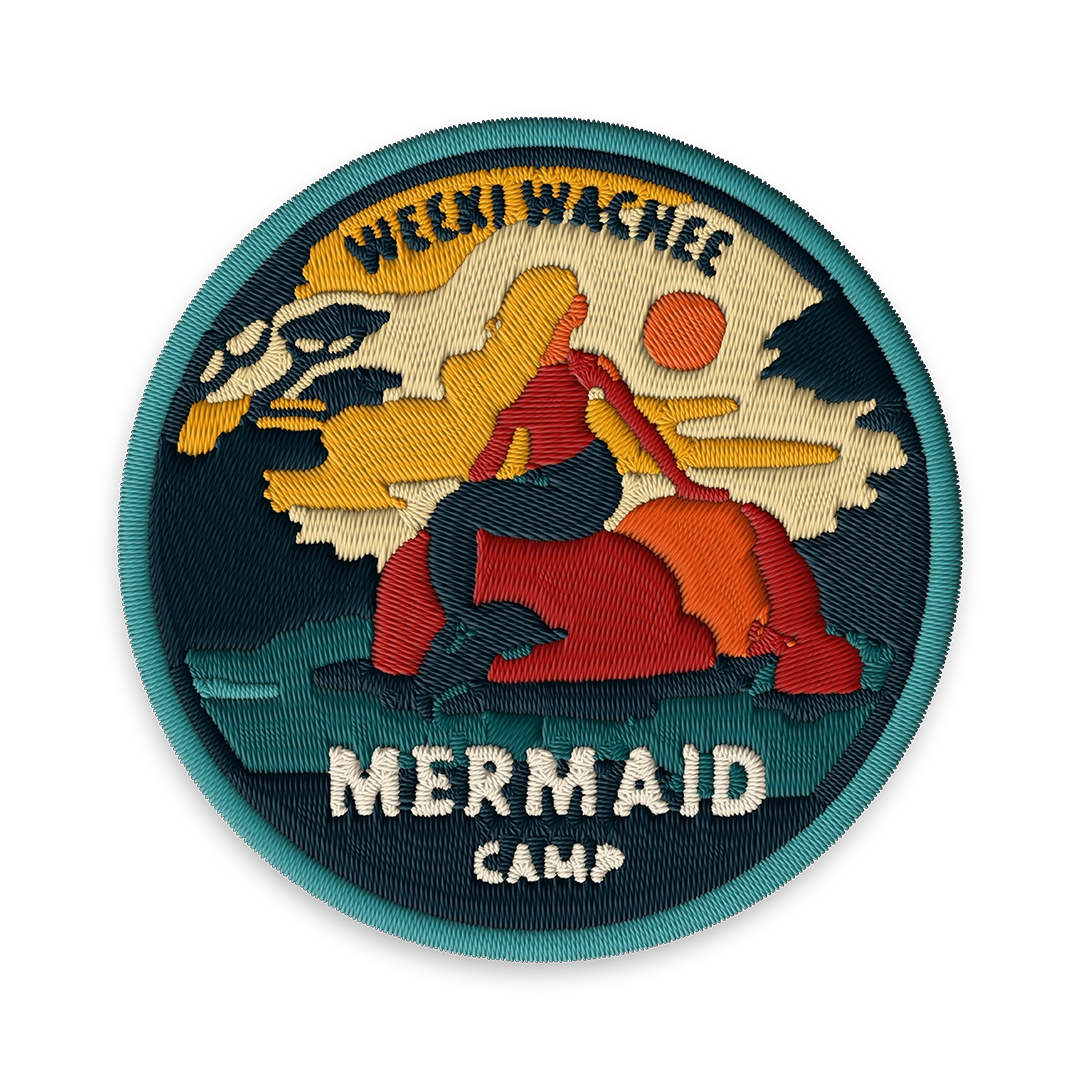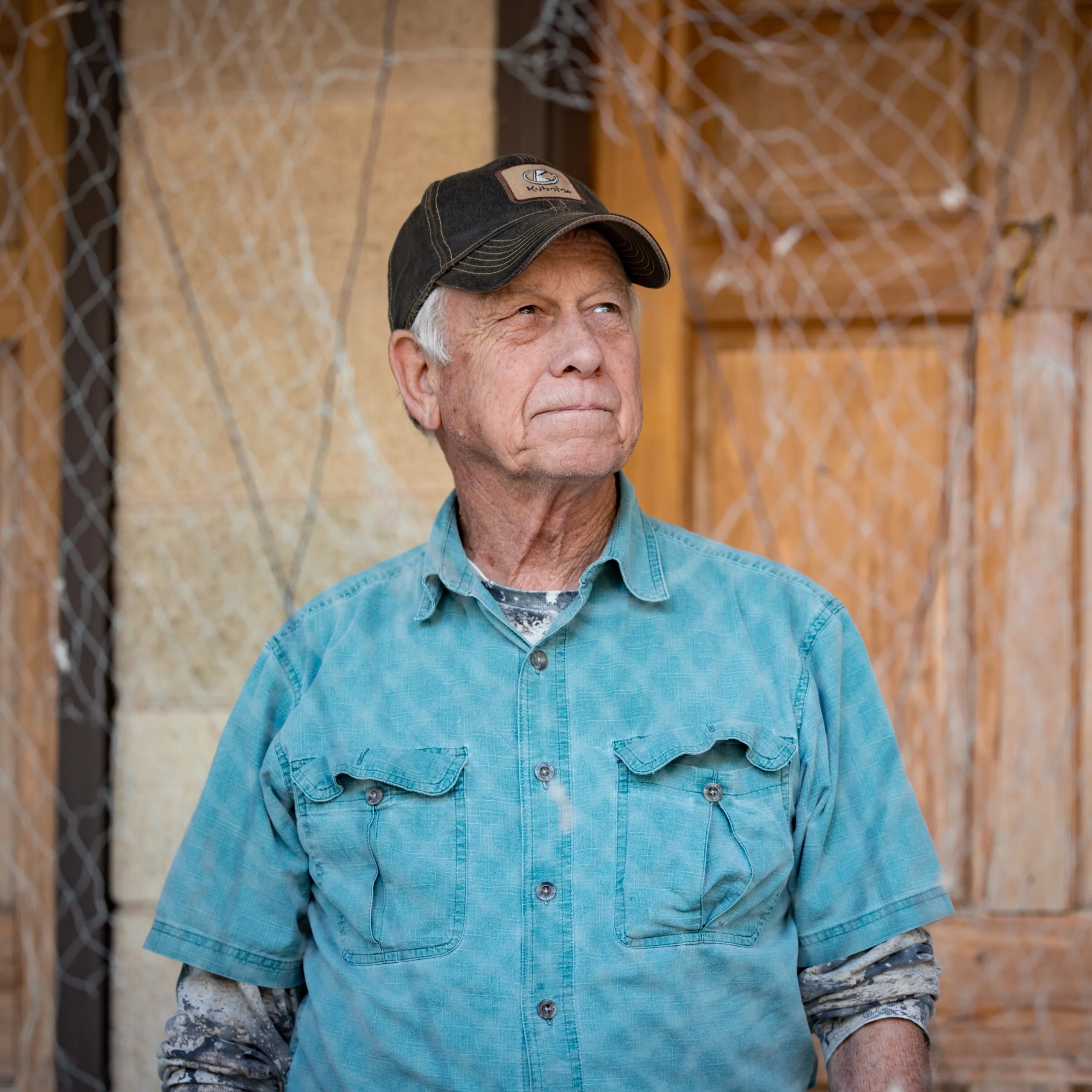by | August 23, 2017
Pine Creek: A Florida Sporting Club
Nestled in the heart of Okeechobee county, one of Florida’s wildest territories, a proper sporting club curates the ultimate experience in wing-shooting and beyond.

As the sun sinks, light refracts all around, covering the palmettos, pines and far-off hammocks in hues of pink and purple. The sky begins to bleed into one warm color after another, slowly dissolving into blue as stars spill into view. Here at Pine Creek, a private sporting club in central Florida, John Reynolds, a founding member, walks slowly along the meandering cuts between palmetto bunches with a few friends, a dog and the club’s head dog trainer, Bill Thacker. “You kind of get lost out there,” Reynolds says of quail hunting at the club. “You’re walking with friends for a couple of hours, talking—out in the middle of nature.” Soon enough, the dog starts to point. A covey of quail rises in a flush, and the hunters take their shots. The dog retrieves the fallen birds, and then it’s onto the next burst of fowl, your “next walk,” as Reynolds puts it. “I just love to watch the dogs work. That’s definitely my first love.”

Later, pushing down a two-track somewhere within the 1,000 acres of serpentine trails moving through the scrub of Pine Creek, we look off into an expanse of palmetto bunches punctuated by pines stretching upward as far as I can see in any direction. Pat Worsham, the club’s general manager, calls this field the Holy Land. It got its name because it’s such a productive field for quail, but it’s also just down-home Florida. The coveys of pen-raised quail in these fields average 40 birds, and feral hogs—a hangover from Spanish settlers—find refuge here, moving through the area during the wetter, summer months, allowing members to hunt them from shoot houses, on foot and even with bows. Apart from the rumbling of the side-by-side buggy, there’s nothing artificial to be heard. When Worsham cuts the engine, the whirring of cicadas rises with the surging temperature of this balmy morning in July. Their incessant staccato reverberates around the scrub as if it were an amphitheater, and it’s easy to see why people find the place enchanting. Hell, with the slow creep of suburban sprawl across the state, places like Pine Creek have become increasingly rare and, in contrast, feel almost magical.

Pine Creek lies just a few clicks north of Okeechobee, an old farming town nestled between the coasts that sits just at the northern rim of Lake Okeechobee. The name, Okeechobee, comes from two Hitchiti words, “oki” (water) and “chubi” (big). Because of the etymology, or because of our Southern propensity to abbreviate, the locals call it “Chobee,” even fusing the two syllables into one in most cases.
Like what you read? Click here to subscribe.
Pine Creek was founded in 2007 by the developers Stephen E. Myers and his son Stephen Jr., the venerated golfers Jack Nicklaus and Nick Price, the former NFL player Tucker Frederickson, and John Reynolds as a private wing-shooting club. As Reynolds explained to me, Myers—who founded the U.S. Cable Group in 1975 and formed one of the largest private cable providers in the U.S.—owned a 5,000-acre ranch in the area long before inklings of Pine Creek cropped up. Throughout his first 10 years with the property, Myers started to notice how much people enjoyed it, and he thought, “This is interesting. Everybody loves coming up here, but who can afford it?” When his land broker told him that the 2,400-acre property that belonged to the Rollins family, substantial landowners in the state, had come onto the market, his idea took shape. Since the property had been a private quail plantation for 50 years, then Coca-Cola’s corporate retreat, “there wasn’t much to do to make it premier,” Reynolds said. “The whole genesis of Pine Creek was to make a place that like-minded families would come to and share the cost of.”

What really energized the founding members was that nothing like this existed in South Florida. There were no other high-end, exclusive outdoors clubs like this one, even with the dense concentration of wealth in South Florida. More importantly, the developers recognized the need for families to be able to escape the hive-like hustle of Florida’s big cities. So, they took to the ground, visiting clubs all across the East Coast, building up their plan piece by piece.
When they came up with a model for the club, the focus was on upland game birds, or non-water fowl: quail, pheasant, and dove. While some quails are native to Florida and pheasants are not, both species are present across the state. To acquire the birds, the club works with different farms, one in south Miami and another in Wisconsin. In a season, from November until March, they’ll run through 50,000 quail. At each of the season’s six tower shoots, organized by the club, 1,200 pheasants are released over the course of the day.

The emphasis on quality at Pine Creek is evident in the staff, recruited from the best sporting clubs and hospitality locales; in the facilities, which not only look sharp but set a bar for clubs all across the East Coast; and in the sheer number of amenities. The youth and equestrian programs coupled with a variety of outdoor experiences highlight Pine Creek’s focus on cultivating a family atmosphere. “That’s what makes up the lifestyle here,” Reynolds says. “It’s kind of like getting the family together, as they did in the simpler times that people have lost touch with.”
The 2,400-acre tract that the sporting club occupies was also a cattle ranch at one point, and it still bears about 100 head, which roam the property freely today. In order to be a member of Pine Creek, you have to own a home there, which can cost anywhere from $190,000 for a tenant share to $5 million for a ranch. The club is made up of 67 home sites in total: 43 cabins and 24 ranches. At its outset, the developers divided the property in half, allocating one portion to ranch homes set on 40-plus acres, two outcrops of cabins, a central clubhouse, and the necessary infrastructure—shoot houses, clay courses, target ranges, kennels, stables, and staff housing. The other half was devoted to plentiful hunting and fishing areas named after Pine Creek’s bird dogs, including Abby, Bella and Range. Countless ponds strewn across the property yield ten-pound bass, impressive specks, and shellcrackers.

When I arrive during the off-season in July, I pull into a parking spot underneath the shade of a live oak as Worsham, clad in technical garb apt for the at-times punishing sun, rides up to greet me with a soft, warm welcome. With his clean-cut yet not overly coifed style, he could be anything from a guide to a homeowner—bridging the gap in sneakers and sunglasses. He rushes off to take care of something and leaves me to take in the scene on the front porch of the clubhouse, an unfinished cypress-sided building. I take a seat in a wicker-weaved rocking chair and look out into the hammock of live oaks draped in ferns and epiphytes. Shortly after I slip off into some half-conscious state, Worsham returns, a big grin on his face, and we set off to see the property. Before noon, I see spoonbills, ibises, and black-bellied whistling ducks. Recently, guides spotted a panther making its way across the property, a promising sight north of the Caloosahatchee.

With his two decades of experience managing different hotels and clubs, Worsham was a sought-after addition to the place when he was recruited in 2012. He was born in White Sulphur Springs, West Virginia, where his father managed the Greenbrier Resort, but he was raised in Boca Raton when it was still a quiet, old-Florida locale. “I just grew up in it,” he says of his career path. When Greenbrier started to acquire different outdoors clubs, Worsham followed suit. “I love the hospitality business and the outdoors, so the sporting club is the best of both worlds,” he explains. You can find his name tied to countless sporting clubs across the Caribbean and the Southeast. Chris Amen, a member of Pine Creek for five years running, says Worsham brings a “real professionalism” to Pine Creek—one he hadn’t seen elsewhere. But more importantly, Amen notes, “He personalizes the experience.”
It took Worsham a while to understand what worked when it came to structuring a club, what drew members back, and what members ultimately took away with them. For Amen, who visits during holidays and long weekends, making the trip down from Connecticut, the spectrum of the experiences you can have at Pine Creek lure him back each year. As Reynolds says, though, “Early on, we recognized that this would be family driven.” Amen echoes that, emphasizing that Pine Creek is not solely a wing-shooting club, but rather a place that’s welcoming to all ages—to families—as well as those who would like a more private experience. “The beauty of Pine Creek is you don’t have to travel anywhere. You’re there,” says Amen.

Okeechobee is the ideal locaction for this type of club, as the weather and land lend themselves to a life spent outdoors. “For the sportsman, it’s a paradise,” Amen says. Throughout the entire year, you can move from one hunt to another: alligators to deer, bass to hogs, ducks to quail—depending on the season and conditions. Each time, Amen and his guests are taken aback by the wealth of options, the quality of the grounds and the passion that the guides exude. “Their love for what they do comes through, but they also balance that against what’s best for the members—not just [the mindset of] ‘let me get through the day, and don’t shoot my dog,’” he says.

For more than 29 years, Lewis Clanton has been a firefighter based in Fort Pierce, just 20 miles east of Pine Creek. On his days off, Clanton hunts, fishes and guides. He’s worked with Pine Creek and guided its members on and off the property for years. His Labrador, Grizz, has garnered a kind of celebrity status. If you mention Clanton, you undoubtedly hear praise for his dog. Whether the topic is bass on the lake, alligators well past midnight, or a tower shoot at Pine Creek, Clanton lights up at the chance to talk story. “I get just as excited today watching people—knees knocking, shaking, living for that moment—as I did with my first client. That’s the rewarding part as a guide,” he says.
As to the kind of clientele that Pine Creek attracts, Clanton says, “Wing-shooters tend to look at things differently. They might not want to kill a ten-point buck. It’s more of an art—more of a skill—shooting the shotgun. It’s like fly-fishing: laying that fly right where it needs to be. It’s finesse.”
Out toward a remote corner of Pine Creek’s property, near a 100-acre parcel that’s wired for stalking hogs on foot, we spot a bobcat’s tracks. The guide, the dog, and the long periods of silence mingling with the hum of palm fronds create something like a spell. The dog points. The shotgun closes. The covey flushes, soaring up into the troposphere in hues of ocher and amber. Their wings extend in arcs, and the hunter takes aim. A shot rings out as the shells fall back towards the earth. A bird may fall, but hunters soon turn their attention to the next bend in the trail or bundle of palmettos that might hold game. Regardless of their success, they’re enveloped, under the spell of the hunt.





